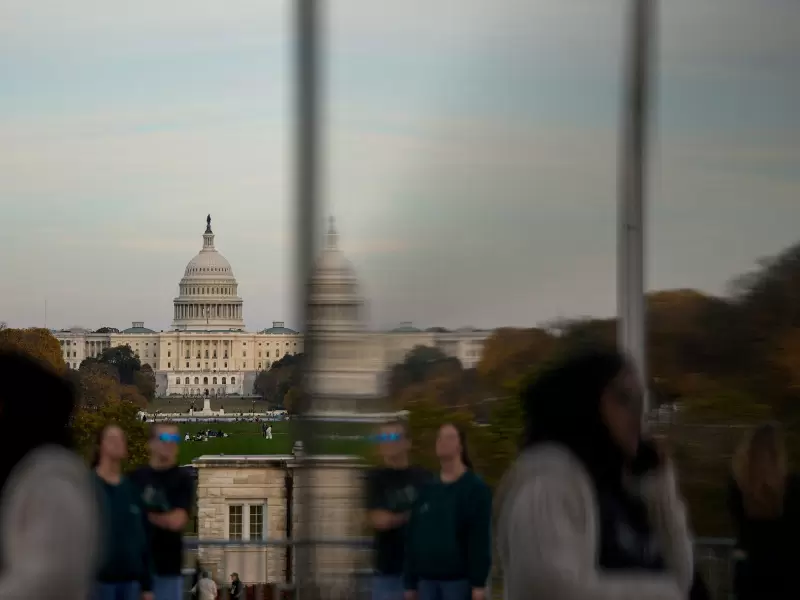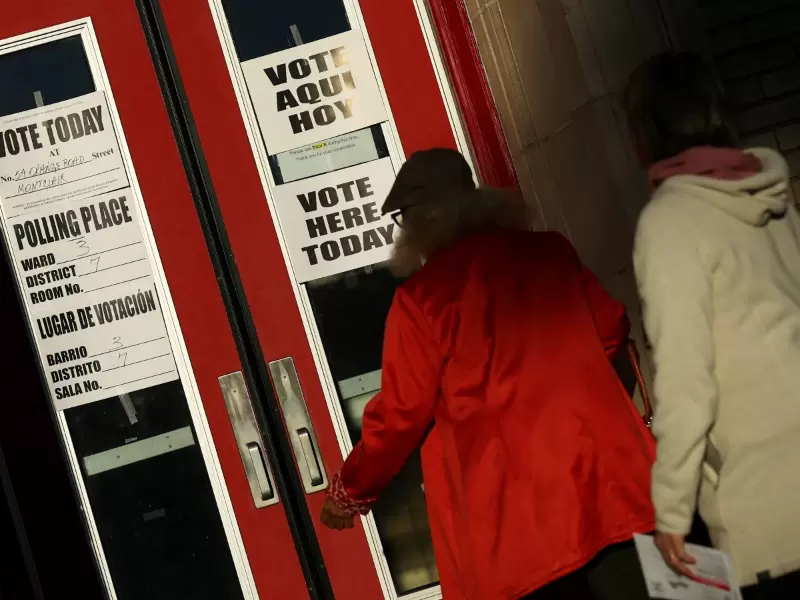Still early to assess tariff impact on economy, Fed report says
And while surveys show households expect sharply higher inflation in the short-term, longer-term inflation expectations remain consistent with the Fed's 2 percent goal, it said.
.JPG) FILE PHOTO: U.S. President Donald Trump delivers remarks on tariffs in the Rose Garden at the White House in Washington, D.C., U.S., April 2, 2025. / REUTERS/Carlos Barria/File Photo
FILE PHOTO: U.S. President Donald Trump delivers remarks on tariffs in the Rose Garden at the White House in Washington, D.C., U.S., April 2, 2025. / REUTERS/Carlos Barria/File Photo
The Federal Reserve's latest Monetary Policy Report to Congress, released on Friday, said U.S. inflation is somewhat elevated and the labor market is in solid shape, but suggested that President Donald Trump's tariffs have likely only begun to be felt and repeated the central bank's view that it can wait for more clarity before taking action.
"The effects on U.S. consumer prices of the increase in import tariffs this year are highly uncertain, as trade policy continues to evolve, and it is still early to assess how consumers and firms will respond," said the report, which comes ahead of next week's testimony before Congress by Fed Chair Jerome Powell.
Also read: Global trading giants step up India presence, fuelling talent rush, exchange upgrades
"Although the effects of tariffs cannot be observed directly in the official consumer price statistics, the pattern of net price changes among goods categories this year suggests that tariffs may have contributed to the recent upturn in goods inflation."
Prices of household appliances, for instance, and some consumer electronics have risen. So far, though, car price inflation hasn't been particularly strong, the report said, though autos too have been exposed to tariff increases.
Inflation related to housing services, meanwhile, is elevated but trending downward as market rent increases near their pre-pandemic averages, and inflation in services like travel, dining, and other non-housing-related items has eased, reflected softening demand for labor, the report said.
And while surveys show households expect sharply higher inflation in the short-term, longer-term inflation expectations remain consistent with the Fed's 2 percent goal, it said.
Tariffs have also weighed on household and business sentiment, the report noted. Consumer spending has been more resilient than the sentiment measures suggest, the report said, though household balance sheets have largely shrunk to normal levels, suggesting households may be "less able to weather adverse shocks than they were a few years ago."
The Fed, the report said, is "well positioned to wait for more clarity on the outlook for inflation and economic activity and to respond in a timely way to potential economic developments."
The Monetary Policy Report, which comes twice yearly, generally summarizes topics already well known to Fed watchers and market participants.
On June 18, Fed policymakers wrapped up their fourth rate-setting meeting this year with a decision to leave the policy rate in the 4.25 percent-4.50 percent range where it has been since December.
Central bankers want to see how the Trump administration's tariff and other policies affect inflation, the labor market, and the economy broadly before they adjust borrowing costs. Powell said he expects to see "meaningful" inflation in coming months, and policymakers generally see the economy slowing and the unemployment rate ticking up to 4.5 percent this year. It is currently at 4.2 percent .
The report said that despite uncertainty the financial system has been "resilient," and the functioning of financial markets has been orderly. In early April, after Trump announced much bigger-than-expected tariffs, Treasury market liquidity fell to levels not seen since early 2023; though financial market liquidity has since improved, "conditions remain responsive to news about trade policy."
ADVERTISEMENT
ADVERTISEMENT
E Paper
Video



 Reuters
Reuters












Comments
Start the conversation
Become a member of New India Abroad to start commenting.
Sign Up Now
Already have an account? Login